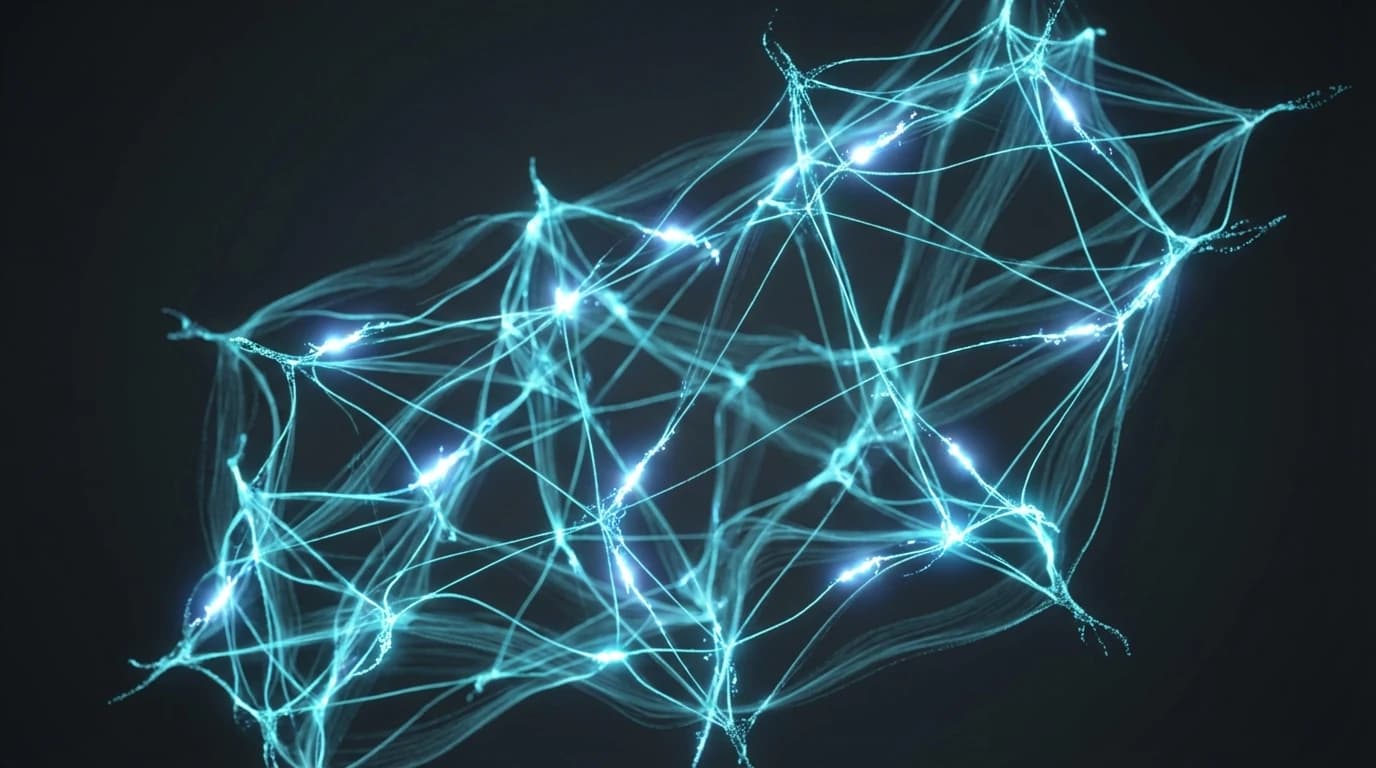Secret Social Network of Brain's Learning Receptors Uncovered
Source PublicationProceedings of the National Academy of Sciences
Primary AuthorsMerrion, Barber, Renuse et al.

The brain's remarkable ability to learn and form memories, a process known as synaptic plasticity, hinges on the behaviour of key proteins. Central to this are AMPA receptors (AMPARs), which act like gates controlling the flow of signals between neurons. While vital, how these receptors are regulated from outside the cell has long been a puzzle.
In a significant step forward, researchers have mapped the external 'social network' of AMPARs. Using sophisticated protein-tagging techniques in cultured neurons, they identified 70 proteins that interact with AMPARs as synapses strengthen. This process, called long-term potentiation, is a cellular model for memory formation.
Among the newly identified partners are members of the IgLON protein family. The team demonstrated that two of these, NTM and OBCAM, directly bind to AMPARs. Crucially, they found that increasing the amount of NTM protein reduced the movement of AMPARs on the neuron's surface. This suggests these external partners help to anchor the receptors, providing a new mechanism for controlling the strength and stability of our neural connections.